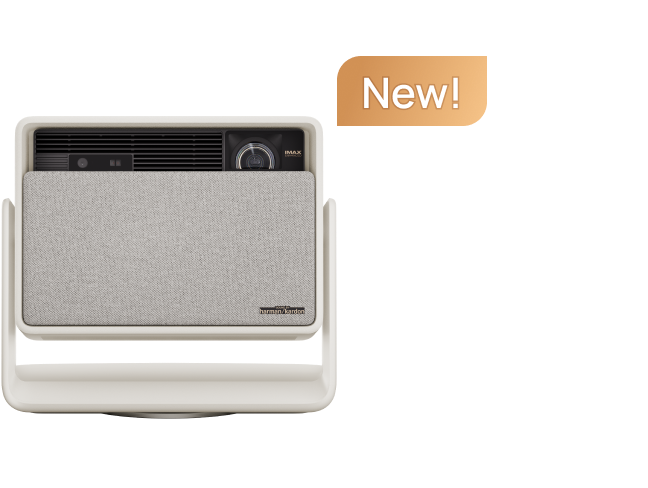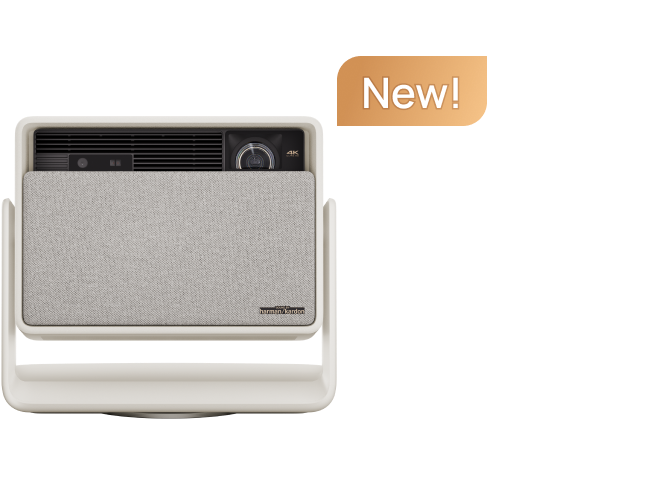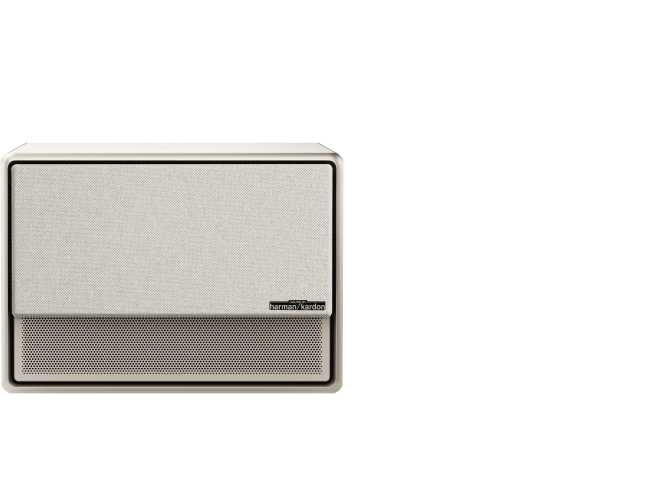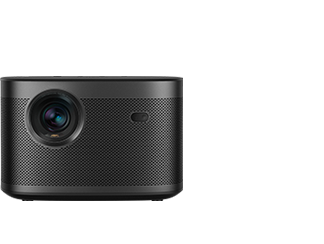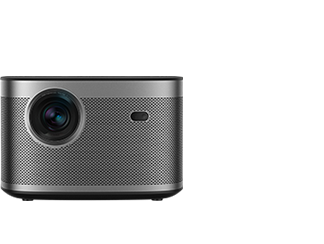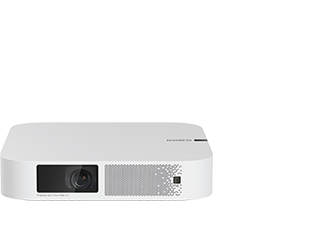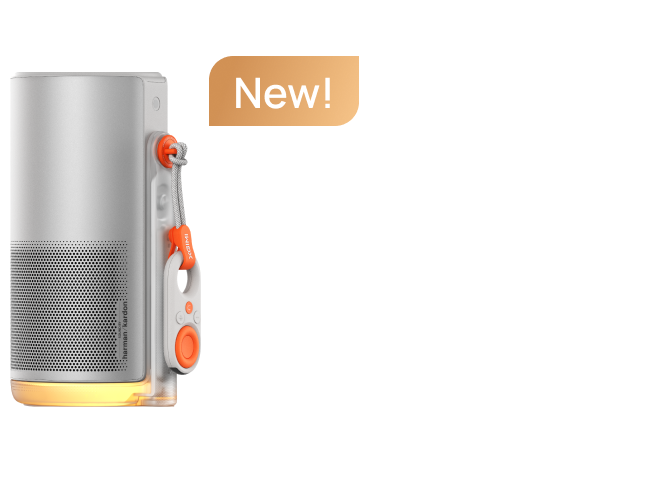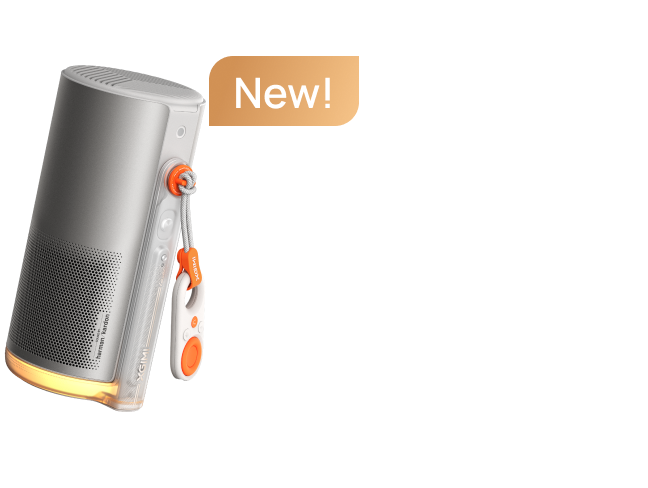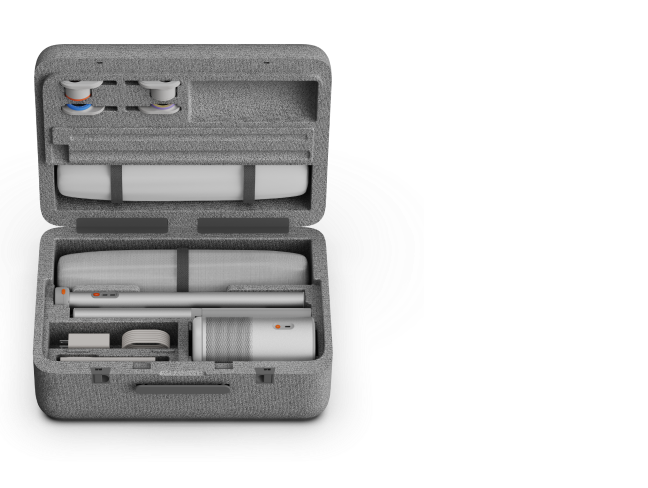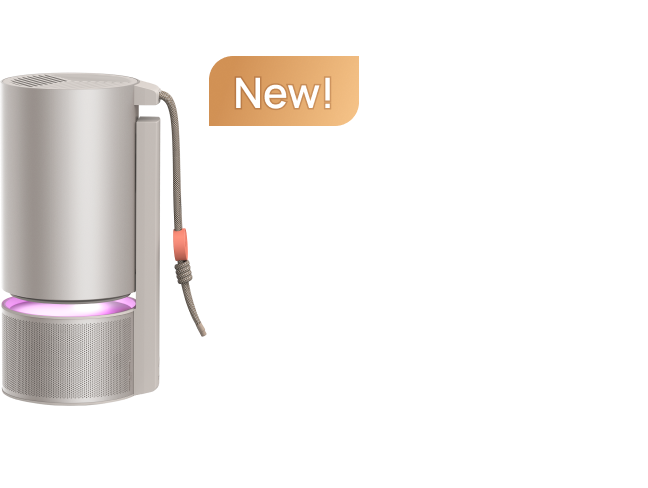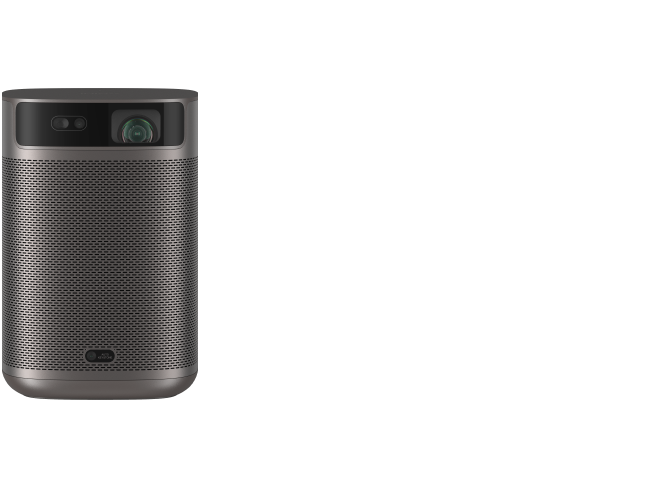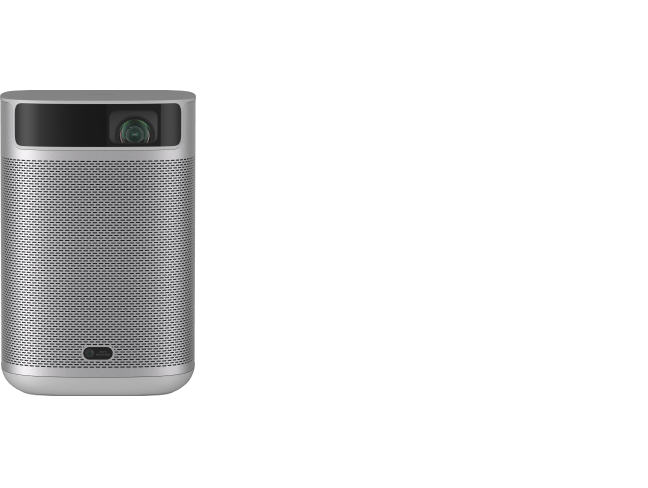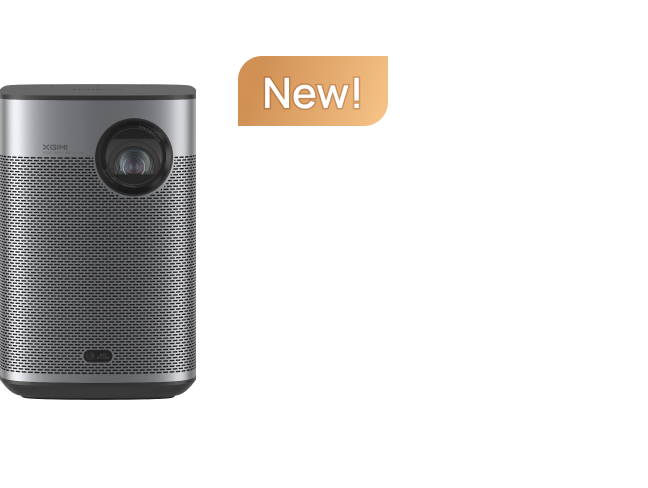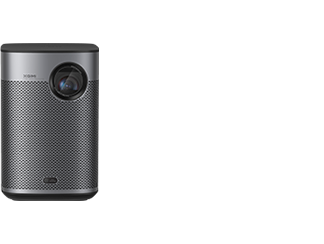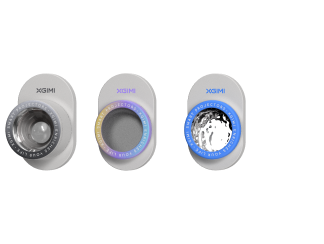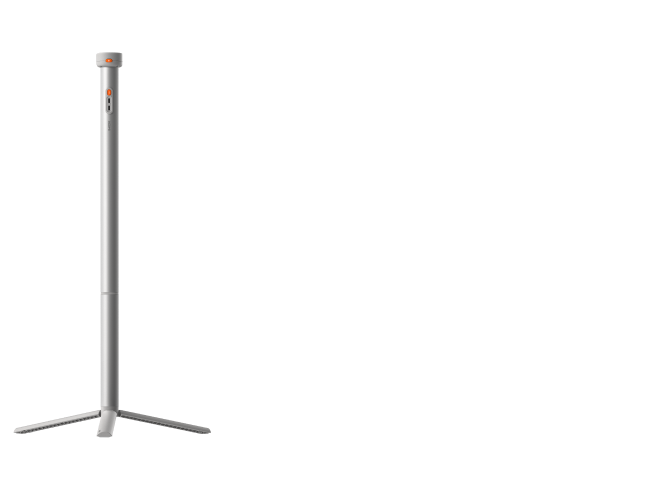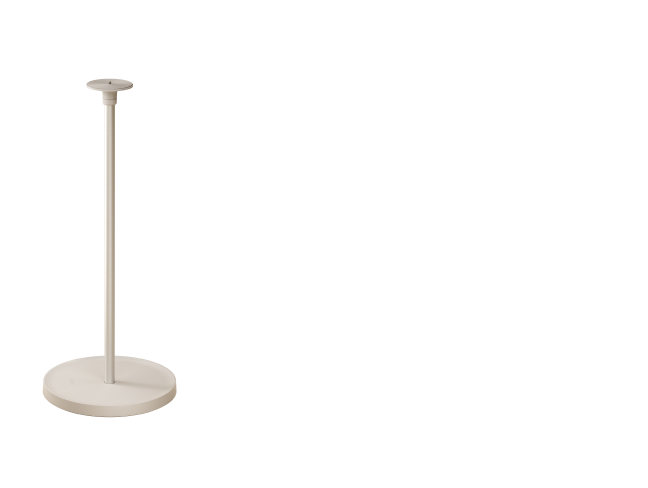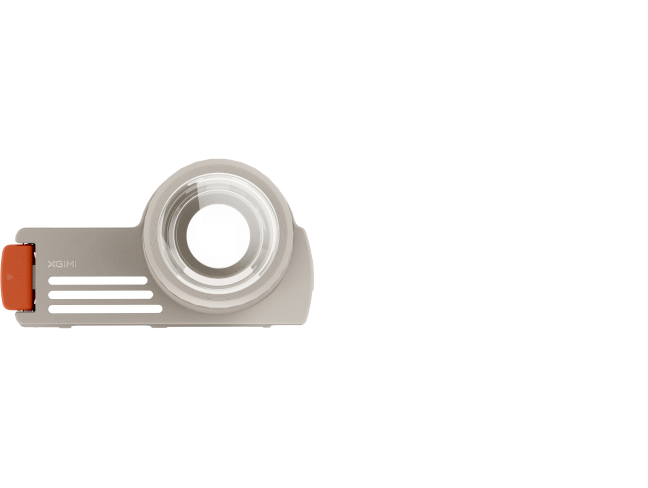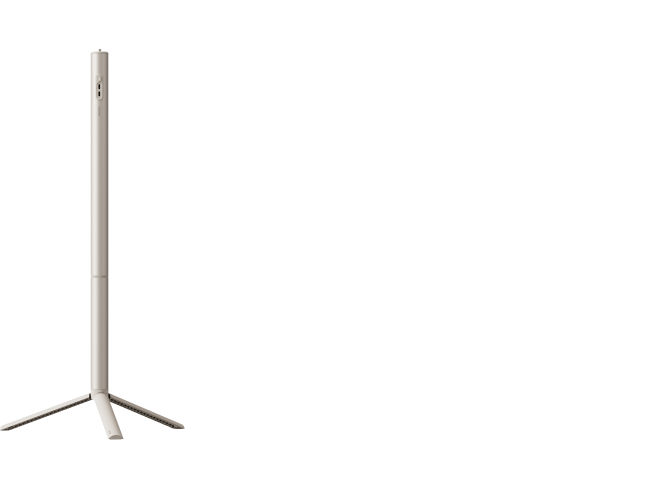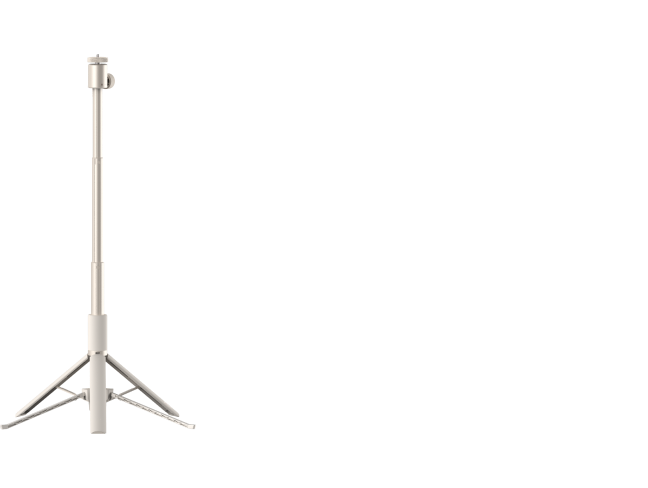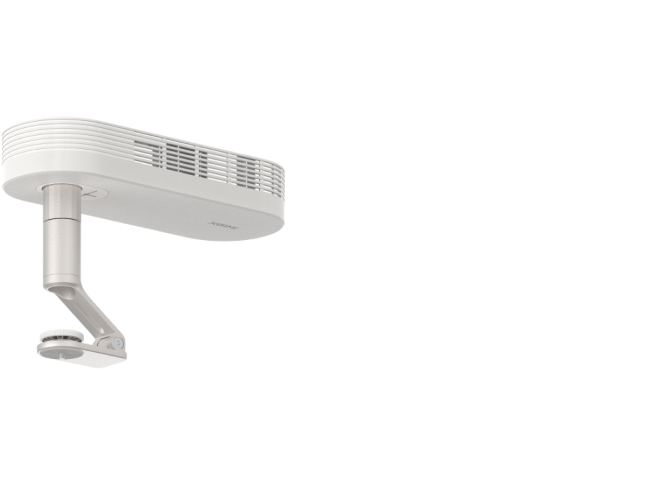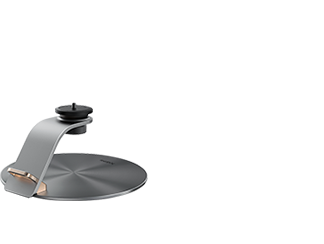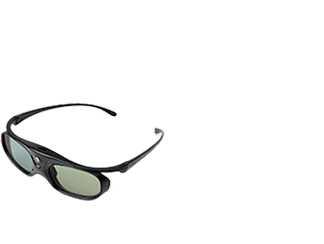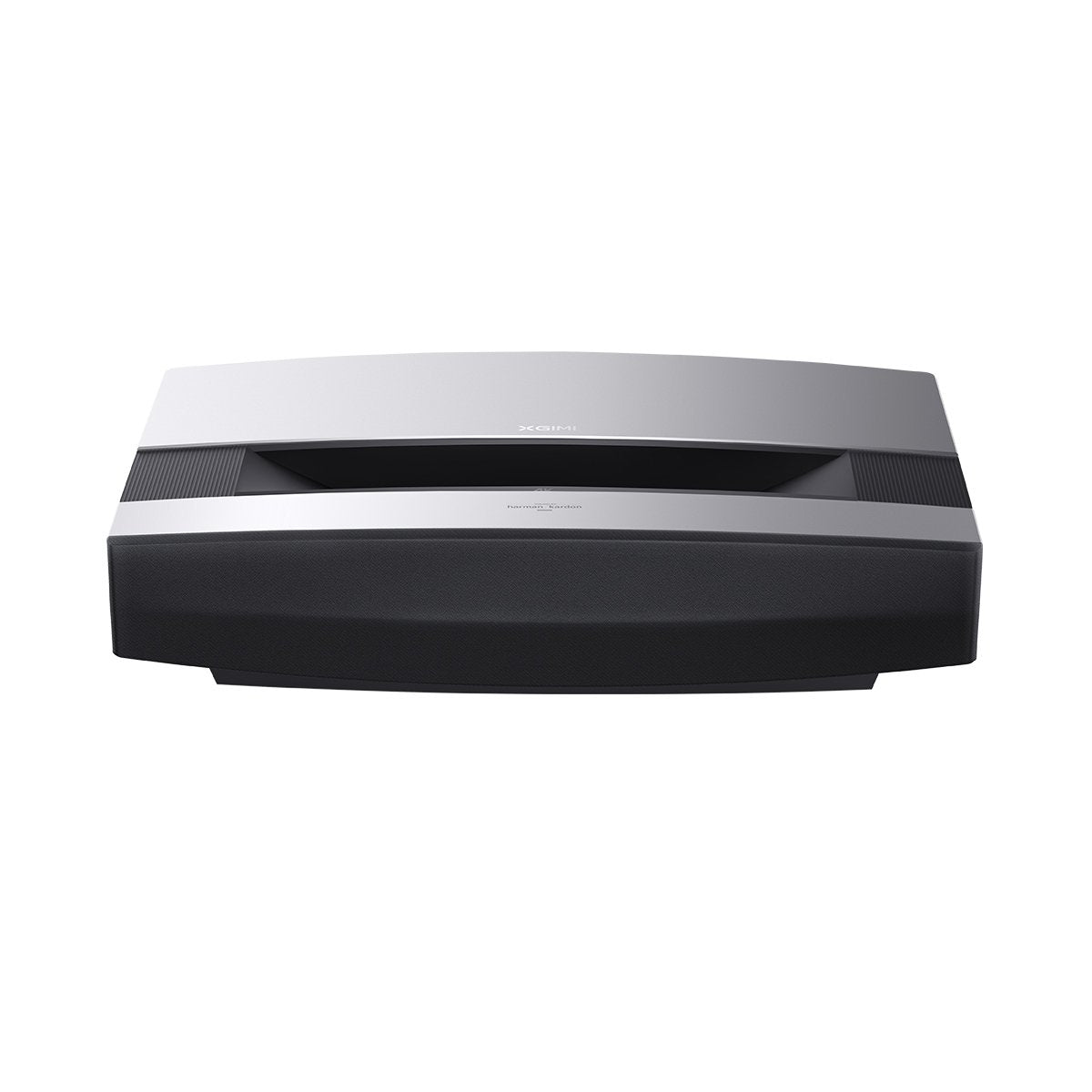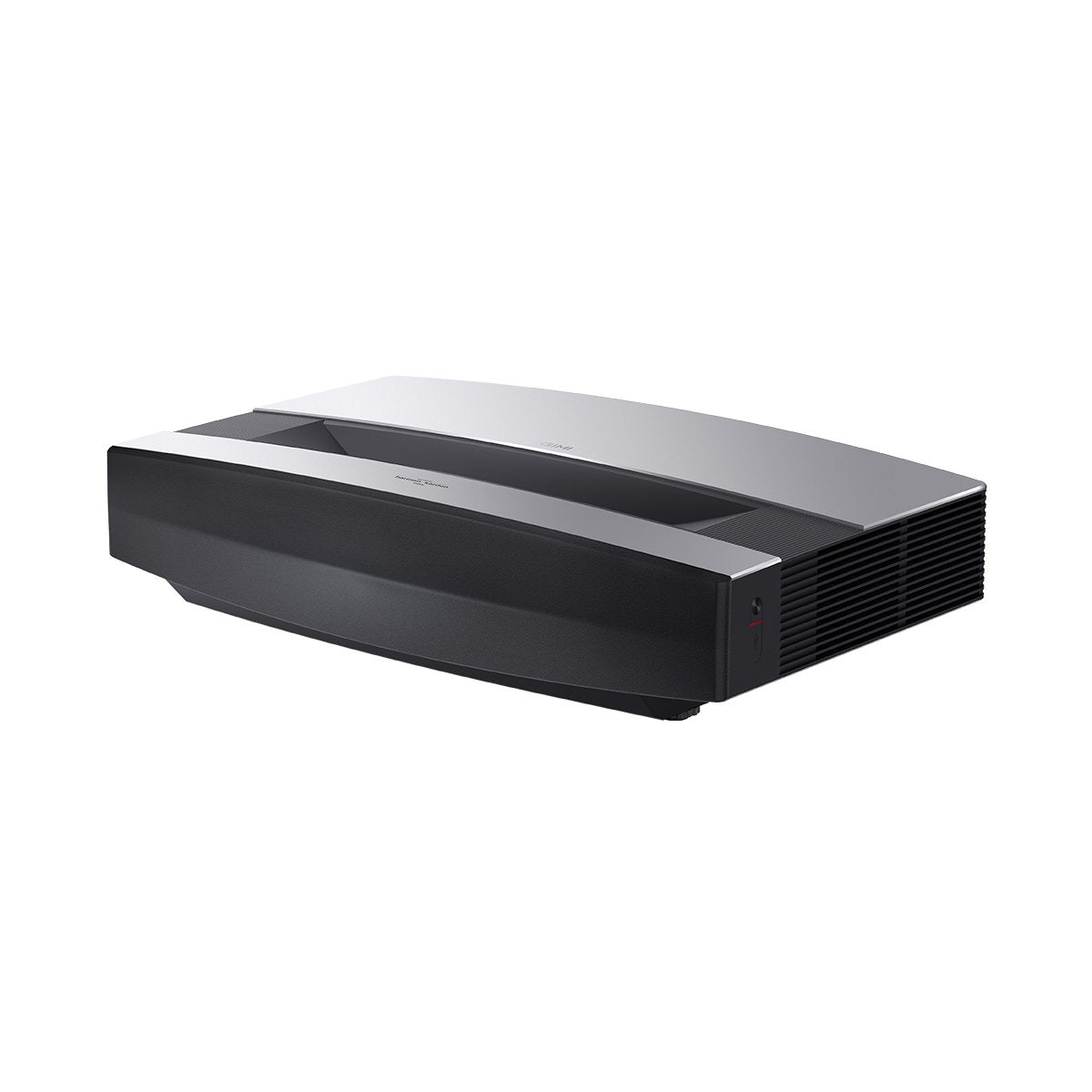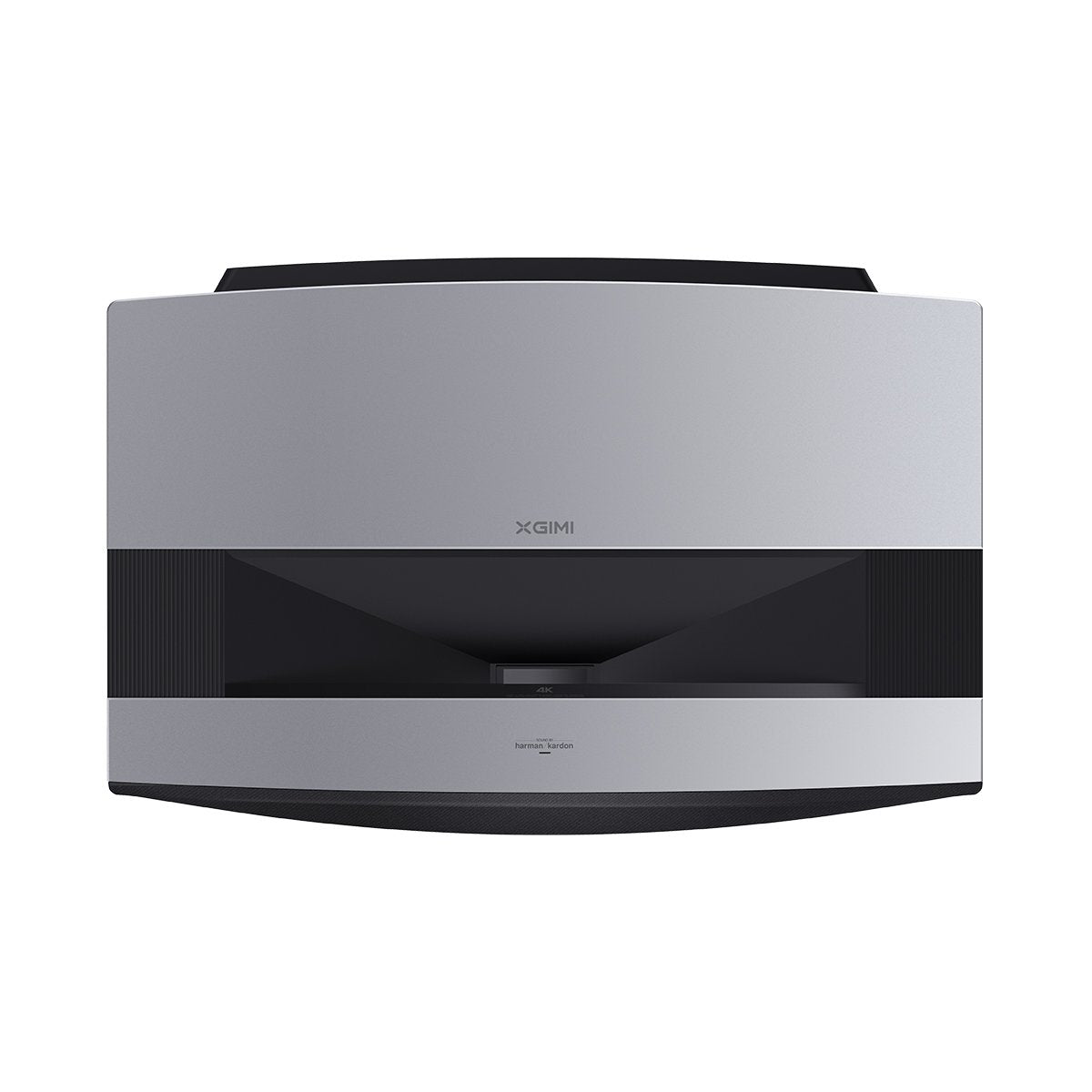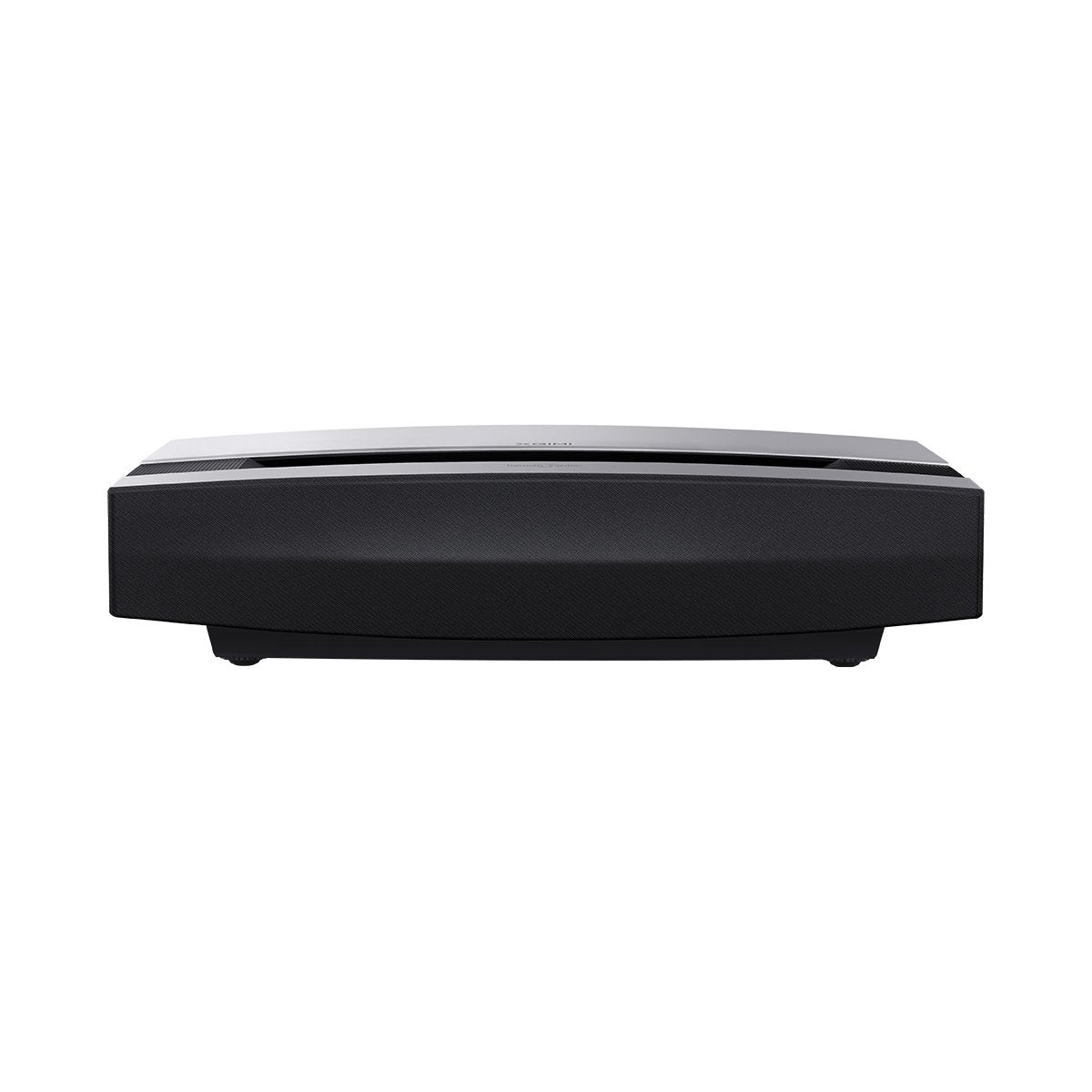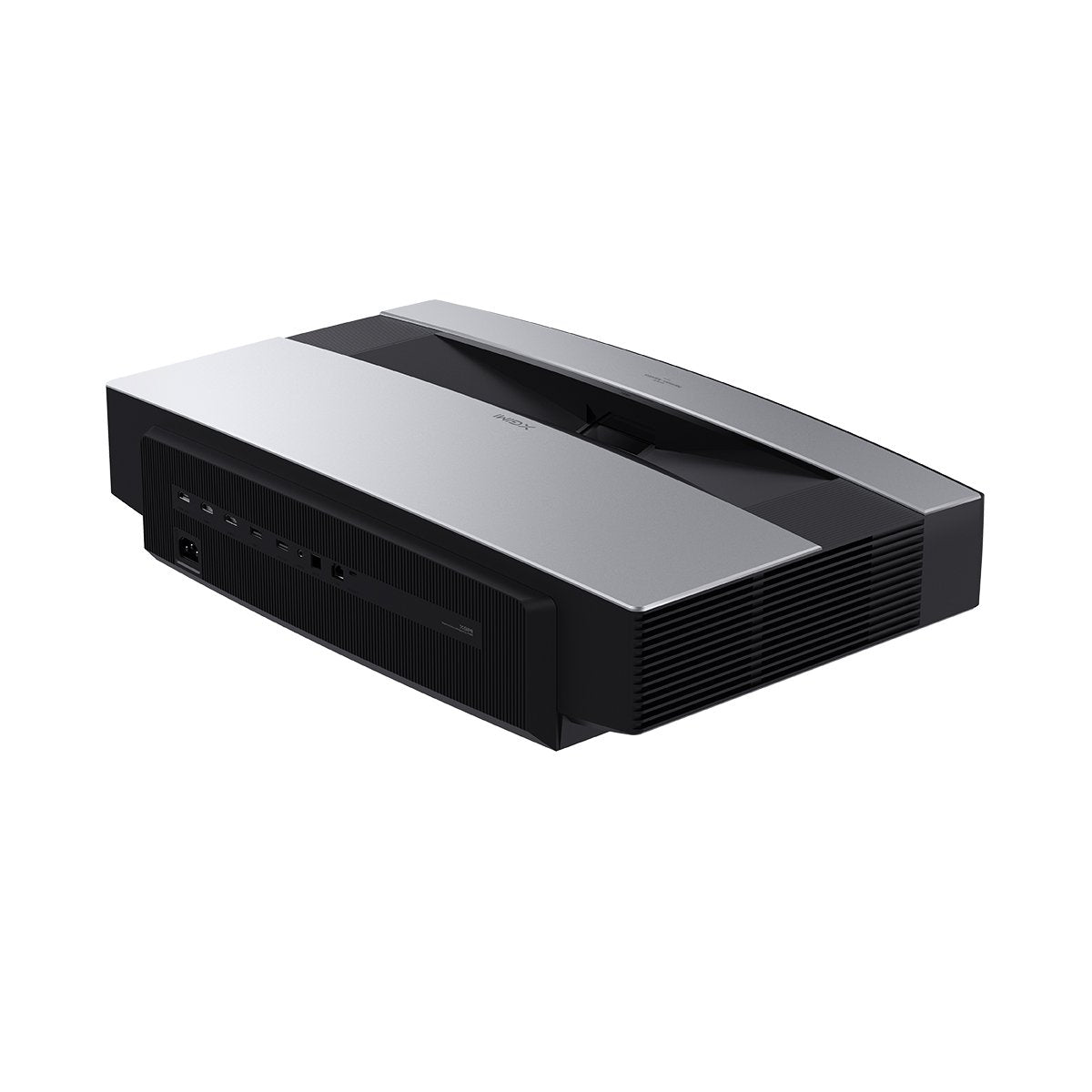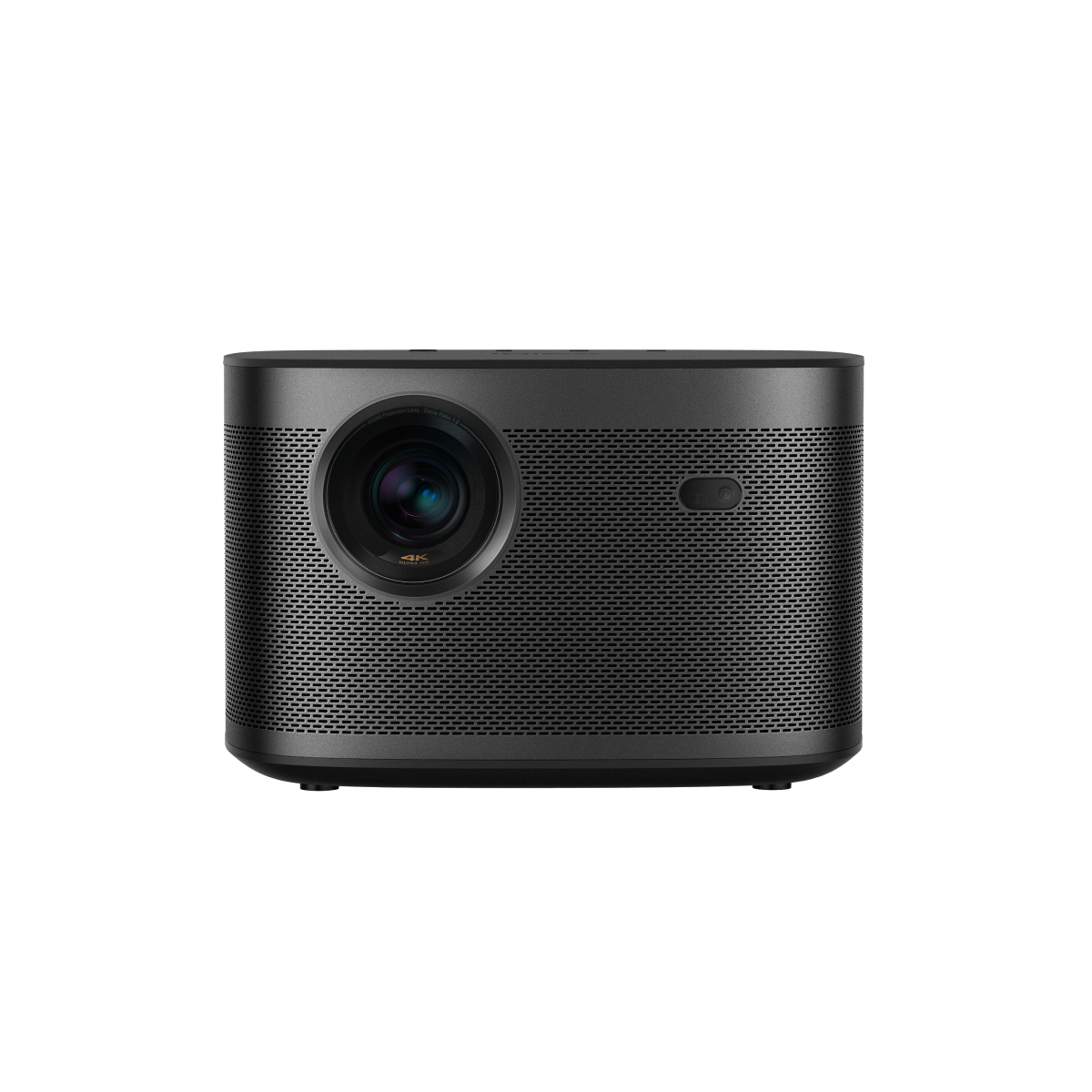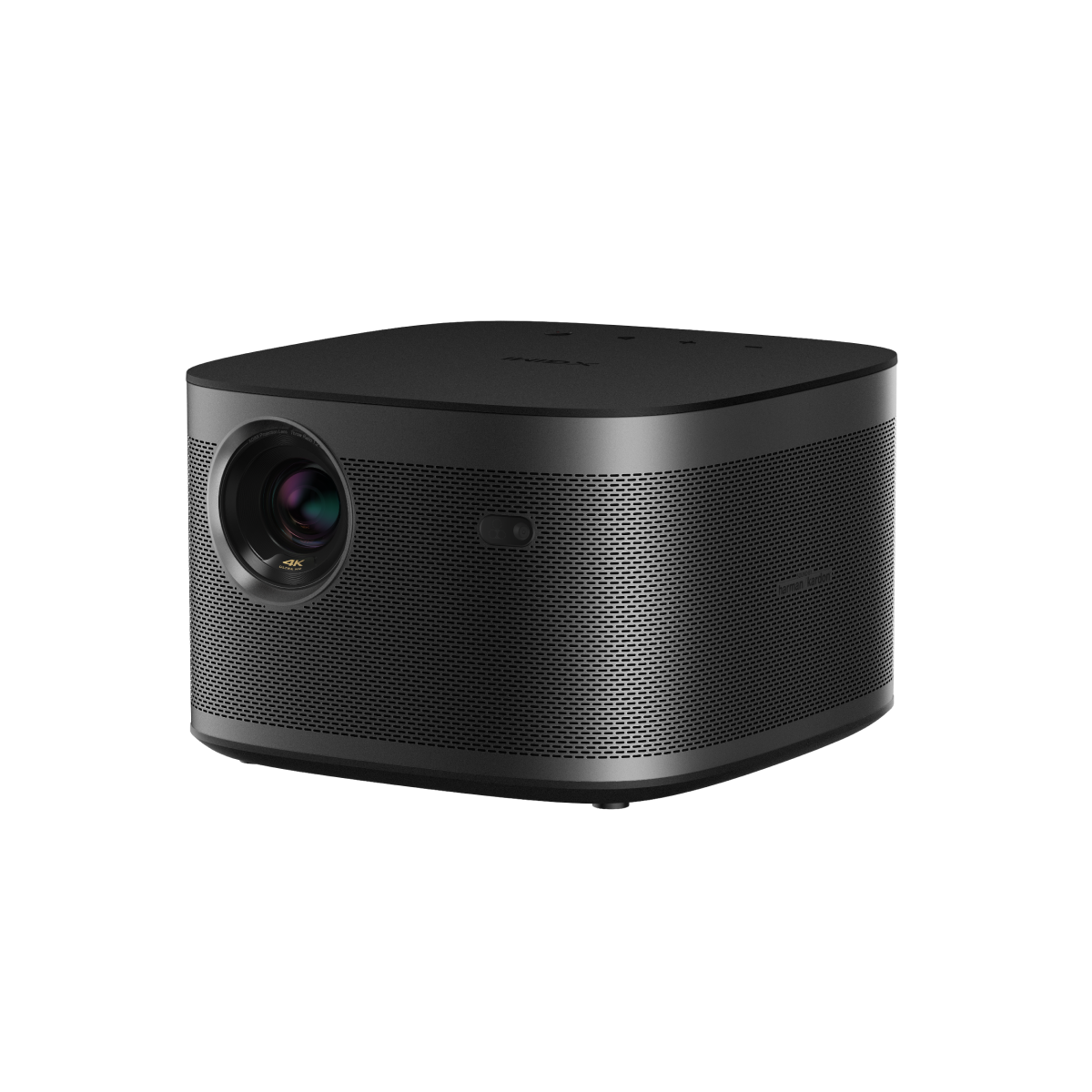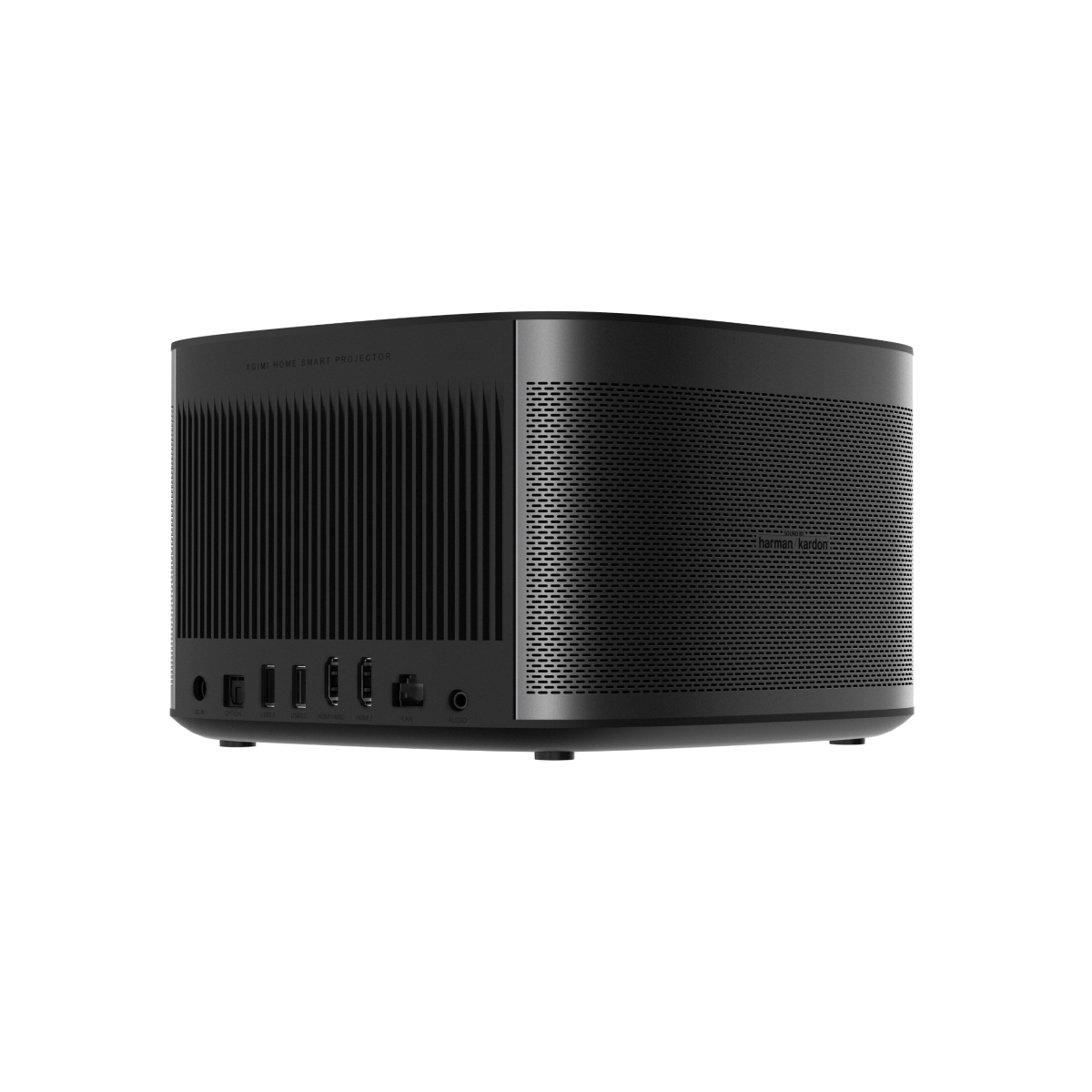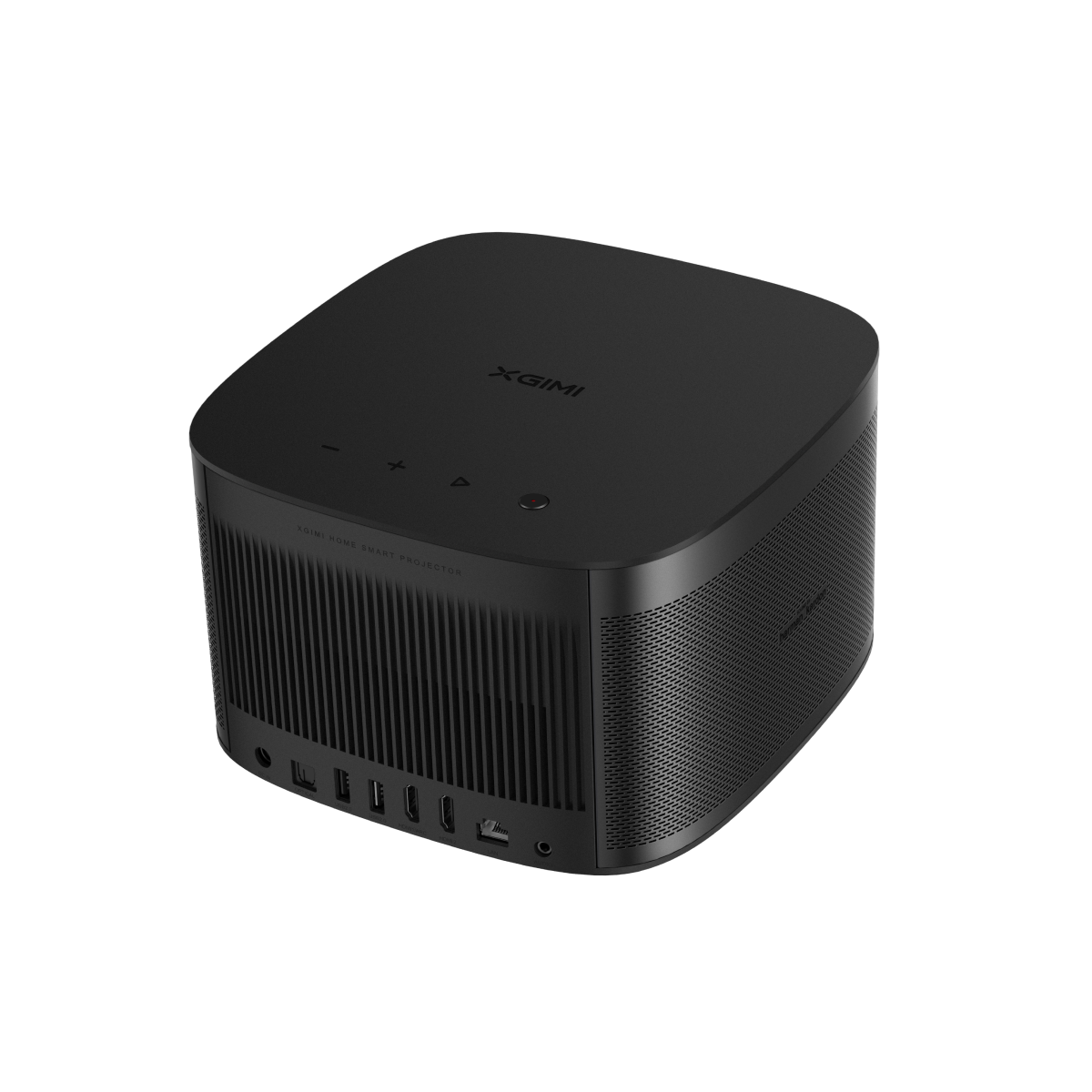Lamp, LED And Laser Light Source For Projectors
By XGIMI Tech - 2022-01
The Importance Of A Light Source In A Projector
The light source in a projector affects features like projector brightness, image colors, projector lifespan, energy consumption, etc. Common projector light sources include lamp, LED, and laser.
How do these light sources work? What are their differences? And what advantages and disadvantages do they have? Read on to learn the different light sources and their features, how each is different from the others, and how they perform when used in projectors.
Metallic Halide And Mercury Vapor Lamp - The Oldest Light Source
The High-Intensity Discharge (HID) lamp is the oldest of the light sources used in projectors. Invented in the 1960s, the HID lamp uses rare earth metal salts combined with mercury vapor to produce light.
One advantage of the lamp source is the high brightness it provides. However, it has a high cost of operation as it's very power-consuming when generating its high brightness. Meanwhile, it contains mercury, which is not environmentally friendly and needs extreme caution when disposing.
In the 1990s, the lamp got a makeover with the introduction of the ultra-high performance (UHP) lamp. The UHP lamp offered a much higher efficiency as compared to the earlier lamp. However, the effective brightness of the UHP lamp degrades from the first day it's used, and it will become darker over time.
Overall, the pros and cons of both HID lamps and UHP lamps are:
Pros:
- They cost less when compared to LED or laser light sources in projectors.
- They provide good light quality.
- They provide high brightness.
Cons:
- As both lamps generate great heat and need space for cooling, the projectors are usually larger than LED or laser models.
- They have a short lifespan of about 3,000 hours and need to be replaced much sooner than the other types.
- They contain mercury in their bulbs and thus need extra caution when using and disposing of.
The More Efficient LED-Based Lamp
Light Emitting Diode (LED) serves as a light source, an alternative to HID and UHP lamps. LED light source uses the properties of semiconductor to emit light when current flows through it.
There are several features that you would like to know about LED-based projectors:
Pros:
- It has a lifespan of about 20,000 - 50,000 hours and lasts much longer than lamps.
- It doesn't generate as much heat as lamps, which means it needs a smaller space for cooling. Thus, the projector size can be much smaller, quieter, and more compact.
- It can be switched on and off with low delay when compared to the lamps.
- It requires less electrical power.
- It contains no mercury, which is more environmentally friendly.
- It costs less than a laser-based projector.
Cons:
- It may deliver lower brightness compared to a lamp light source.
- It produces blue light, which may lead to eye strain if used for long periods without rest.
The New Standard In Light Source For Projectors - Laser
Laser is short for ‘light amplification by stimulated emission of radiation.’ It can produce a narrow beam of monochromatic light that can be directed anywhere. A laser-based projector uses high-power red, green, and blue lasers to create an image.
Some features of a laser projector are:
Pros:
- It has much less wasted light compared to the lamp and LED projectors. Thus, it delivers great image quality and better contrast.
- It has a wider color range, delivering deeper, richer, and more lifelike colors.
- It produces higher brightness than LEDs.
- It has a long lifespan of 30,000 to 50,000 hours.
- It requires little maintenance.
- It has low energy consumption and less wasted light.
Cons:
- It usually costs more than lamps and LEDs.
- It's larger and heavier than LED-powered projectors.
Now that you understand the features of different types of light sources for projectors, we recommend the following two XGIMI projectors for your home to enjoy the movies on a large screen.

Product Recommendations
XGIMI AURA (Ultra-Short Throw Laser Projector)
- Laser-based, delivers crisp 4K UHD with 8.3M individual pixels onscreen
- Watch 4 hours a day for about 13 years (a 20,000-hour lifespan)
- 1800 ISO Lumens
- Place 11.7" from any wall to project a 120" razor-sharp theater screen
- X-VUE 2.0 Image Engine, ALPD technology, and HDR10 provide advanced illumination and astonishingly rich color.
XGIMI Horizon Pro (Long Throw LED Projector)
- LED-based, delivers breathtaking 4K UHD displayed
- Watch 4 hours a day for 20 years (a 30,000-hour lifespan)
- 1500 ISO Lumens
- Place 13 feet from any wall and project a 150" razor-sharp theater screen
- ISA Technology: autofocus, auto keystone correction, auto screen alignment, and auto obstacle avoidance.
- Android TV™ with more than 5000 apps like HULU, Disney+, etc.
Choose Based on Your Preference
The performance characteristics of projector light sources have undergone vast improvements in terms of brightness, efficiency, durability, safety, and features. While the HID and UHP lamps are facing obsolescence, the LED-based projectors and laser-based projectors are stamping their class and proving their utility. Each of these light sources has its advantages and disadvantages and it's recommended to choose based on your needs and preferences.
Based on the foregoing, we recommend the laser-based XGIMI AURA projector and the LED-based XGIMI HORIZON Pro projector for enjoying your movie nights with your family and friends on a large screen.
Related Products
Enjoy $30 off Your Next Purchase
Be the first to know about any news and sales!
*By subscribing, you agree to receive XGIMI's marketing emails and XGIMI's Privacy Policy.

